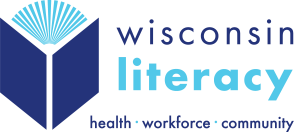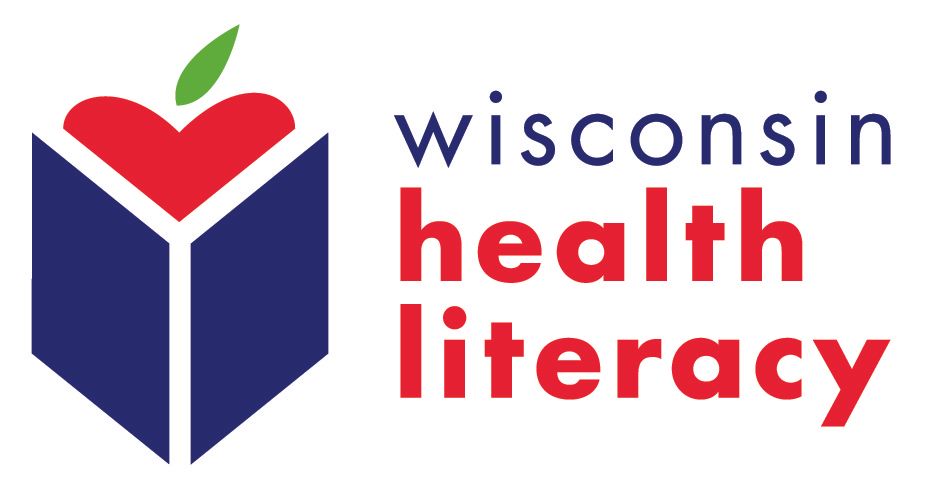Workplace Literacy
Workplace literacy programs focus on the literacy and basic skills training that workers need to:
- gain new employment,
- retain present jobs,
- advance in their careers or
- increase productivity.
Workplace literacy programs have 2 primary goals:
- improve employees’ basic skills
- master specific workplace competencies:
- report accidents
- complete activity reports
- request supplies
- participate in safety initiatives
- etc.
Employers who offer workplace literacy programming often identify:
- Improved communication between employees and managers
- Improved safety record
- Increased productivity
- Better customer service
- Reduced down-time because of error or miscommunication
- Better adherence to policies
- Improved employee satisfaction and retention
Most workplace literacy programs are:
- hosted at the worksite
- fee-for-service (employers contract with literacy agencies)
- offered to employees during paid time
- voluntary for employees (participation should not impact employment)
- tailored to the employer and the unique jobs tasks of employees
- evaluated based on employees’ improved ability and confidence to communicate effectively in real work situations
How is workplace literacy instruction unique?
Instructors work with employers and employees to develop curricula, focusing on the skills needed to perform job tasks effectively.
Workplace literacy instruction:
- is student-centered and employer-centered
- is task-based (What do learners need to do at work?)
- centers around authentic language and hands-on practice
- stresses fluency and confidence
Example workplace English tasks:
- Ask for clarification
- Understand verbal and written instructions/processes
- Talk about safety
- Give instructions (train new employee)
- Request time off
- Explain a problem or report an accident
- Talk about progress (work completed/incomplete tasks)
- Request supplies
- Use a hand-held radio
- Describe how to use machines/tools
- Express concerns professionally
- Communicate effectively in stressful situations
When should we consider offering workplace literacy services?
- Local employers have contacted you about basic skills, specific skills (computer literacy) or English classes for their employees.
- Many of your learners work at the same local companies.
- You have a strong employer/workforce connection you can engage.
- You want to generate revenue.
- Funding is available for education for incumbent workers or collaborations between education and workforce.
What are the components to designing a workplace literacy program?
Needs Assessment
Every workplace literacy partner will be different. For each workplace partner, collect information from:
- managers
- supervisors
- employees
Learn employer’s and employees’ goals, priorities and challenges through:
- job shadowing
- surveys
- in-person meetings
Sample Employer Workplace Needs Assessment
Memorandum of Understanding (MOU)
Clearly outline program:
- schedule
- location
- costs (include grants that offset costs)
- fees the employer must pay
- participation (on/off shift, paid/unpaid, eligibility, attendance)
- partner responsibilities (yours and the employer’s)
- communication expectations (attendance updates, etc.)
Skills Assessment
Assess participating employees with a customized assessment or a standard assessment like TABE CLAS E or CASAS.
Use pre-test data to create appropriate curriculum and instructional materials. Post-test at the end of the program to gauge progress.
Don’t share individual assessment data with employers. Use broad metrics to report program outcomes. For example, “25 employees improved one NRS level” or “15 employees successfully said safety reminders to a coworker.”
Curriculum Development
Use what you learned during job shadowing, surveys and meetings with supervisors and employees. With employer input, develop a list of workplace competencies and prioritize them.
For each competency, identify a capstone activity. For example, if your competency is “talk about safety,” your capstone activity could be a role play where learners are given potentially-dangerous scenarios and they have to give appropriate safety reminders. Track how many learners successfully complete each capstone activity/competency.
All class activities should center around what employees actually need to say and understand on the job. Use dialogs and role play for authentic practice that will build confidence and skills.
Ask the employer for realia (authentic materials) to use in class. For example, a supply cart stocked with cleaning supplies, samples of the product they manufacture, materials from recent safety meetings or pictures of specific machines.
Invite direct supervisors to participate in some activities. Employees practice authentic conversations with their supervisors in a lower-stress environment. Supervisors learn more about the process of language learning.
Sample Workplace Activities Calling in Sick
Sample Workplace Activities Location of Supplies
Instruction
The most successful workplace literacy classes are:
- on shift
- on paid time
- 1.5 hour sessions, 2 times a week
Multiple jobs and childcare make off-shift classes difficult for many employees to attend.
When employees are paid to attend class, it’s even more important that every activity is customized and designed to improve communication on the job.
Program Evaluation
Toward the end of the program, schedule a meeting with the employer. Prepare a program summary that you can email ahead of time and review during the meeting. Include:
- number of employees served
- attendance records
- description of competencies and capstone activities
- number of employees who successfully completed the activities
- pre- and post-assessment results
- never list individual scores
- report a general overview of how many learners improved
- supervisor and employee quotes, demonstrating the impact of the class
- your recommendations for next steps
Evaluating Workplace Education Programs Checklist
Sheboygan Press highlights a workplace literacy program in their county
Workforce Training Resources:
ProLiteracy's Workplace Literacy Guide
Workplace Class Cost Breakdown - Sample Calculator
Free and open digital library of Workforce Training Materials: Skills Commons https://www.skillscommons.org/
Occupational Safety & Health Administration
Keys to Sustainability: Keeping Participants Engaged with Free and Flexible Resources for Workforce Development (Webinar)
https://youthcareerconnect.workforcegps.org/resources/2018/12/14/19/35/Keeping_Participants_Engaged

